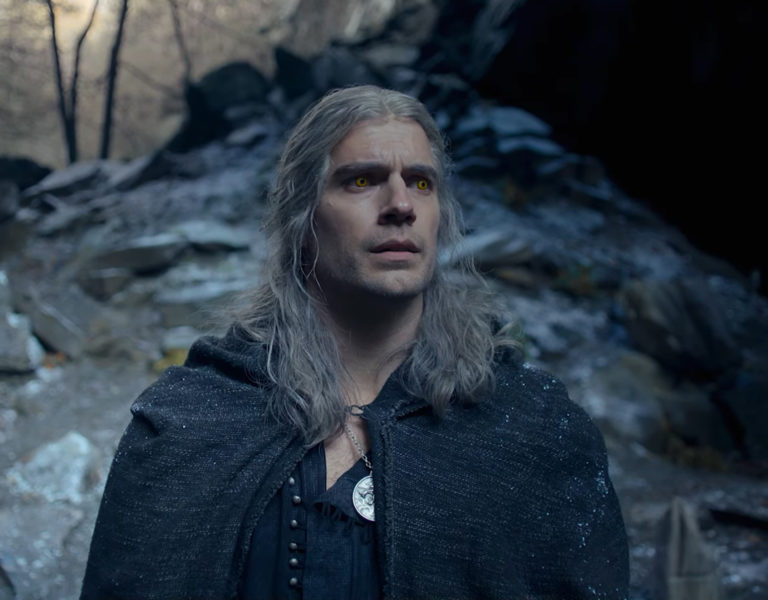
FutureWorks helped to recreate Delhi’s Uphaar Cinema disaster for recent Netflix drama Trial by Fire, delivering all previs for the devastating fire scenes.
The seven-part miniseries is a dramatization of the tragic events of 13 June 1997, where a fire caused by ill-maintained equipment during an afternoon screening of the war epic Border resulted in the deaths of 59 people, with a further 103 injured in the resulting stampede. Due to multiple safety violations, many cinemagoers were trapped inside, eventually succumbing to smoke inhalation.
Directed by Prashant Nair, Randeep Jha, and Avani Deshpande, Trial by Fire tells the story of a couple – Neelam and Shekhar Krishnamoorthy (Rajshri Deshpande and Abhay Deol), who lost their two children in the disaster. The show is based on the couple’s memoir, detailing their emotional struggle in the aftermath of the fire, and their groundbreaking quest for justice.

Taking the form of an emotional courtroom drama based on the landmark compensation case that followed the avoidable tragedy, Trial by Fire features a snippet of the fire in the opening minutes of the show. The heartbreaking scene is then revisited at length in the finale, comprising the majority of the last episode.
As part of its long-standing partnership with Netflix India, FutureWorks was brought on board to create the previs for the fire sequences, based on a demo the team put together recreating a devastating earthquake that took place in the 16th century.
Telling the story right
Recreating real-life events is significantly different to producing fictional drama. For Trial by Fire, it was imperative to tell the story right, so authenticity was crucial. “To understand the full story, we looked beyond the storyboard, studying the script, and carrying out our own research to ensure that we were recreating what happened in an authentic and realistic way,” says Gouri Shankar, VFX Supervisor at FutureWorks.
FutureWorks’ previs team went to great lengths to ensure that the story would be told accurately on screen. As well as surveying the real-life location and taking photographs, FutureWorks spoke to locals to find out which buildings existed at the time in the area surrounding the cinema, as well as referring to newspapers from the time.

While authenticity was always the key motivator, initial previs scenes also needed to convey the drama of the situation. “For most of the work we do, the scenes are action-oriented, so we intentionally go a little overboard on the initial previs shots, with the expectation that the director and DoP will cut it back somewhat,” says Gouri. “On Trial by Fire, the directors cut back even further, as explosive action scenes would not have done justice to what really happened. A creative choice was made to balance compelling storytelling with respect for the real events. While the disaster was caused by fire, it was smoke, rather than flames, that proved deadly for the victims.”
Preparing the previs
Before starting on the previs for the show’s most harrowing scenes, the FutureWorks team researched the shooting styles of the directors and DoPs to get a fundamental understanding of how they usually work, including their preferred shooting angles and how dynamic they like the camera to be. “To do a previsualisation, we have to understand how a director or DoP thinks,” says Gouri.
FutureWorks created a first draft of the previs for 100 shots in Unreal Engine, based on the storyboards from the DoP, Saumyananda Sahi. The team then began animating shots, gradually showing more clips to Saumyananda until the whole sequence was animated. Next was the editorial part of the process, where the DoP liaised with the previs team to determine how long each shot needed to be.

The previs team engaged with the DoP regularly – nearly every other day – to get the sequence right. Static camera blocking was completed by the second pass, but as soon as the cameras needed to be moved, the process became more complex. Shots involving slight movement needed a few more passes to perfect, while it took around eight iterations to nail down the more dynamic sequences, such as establishing shots. “The aim of previs here is to support how the director wants to tell the story,” says Gouri. “Their creative inputs help us to refine the previs.”
Recreating the smoke with authenticity
One of the biggest challenges in the previs process was creating the smoke, and how it moves and reacts. “Smoke is difficult to simulate realistically, and it was a big part of the fire scenes,” says Gouri. “The way smoke behaves when it fills a large room is very different to how it looks in the game engine. It was also challenging because of the lighting – at one point in the sequence, the building’s power is lost so that there is no light source, other than a single cinema usher’s torch beam.”

Trial by Fire gave FutureWorks the opportunity to work on previs for a real-life event, something the team hadn’t done before. “We created almost the entirety of the last episode, which is rare for us, but it gave us a great opportunity to learn more about how the director and DoP work,” says Gouri. “We got the chance to engage with parts of filmmaking in ways we usually don’t get the chance to.”
FutureWorks’ CEO Gaurav Gupta says: “We’re honoured to have worked closely with Netflix on telling such an important story. By creating the previs for some of the most emotional scenes in the show, we aimed to lay a foundation to ensure that the dramatization was as close to what really happened as possible.”













